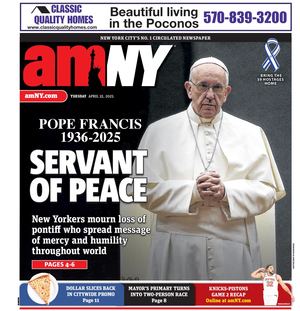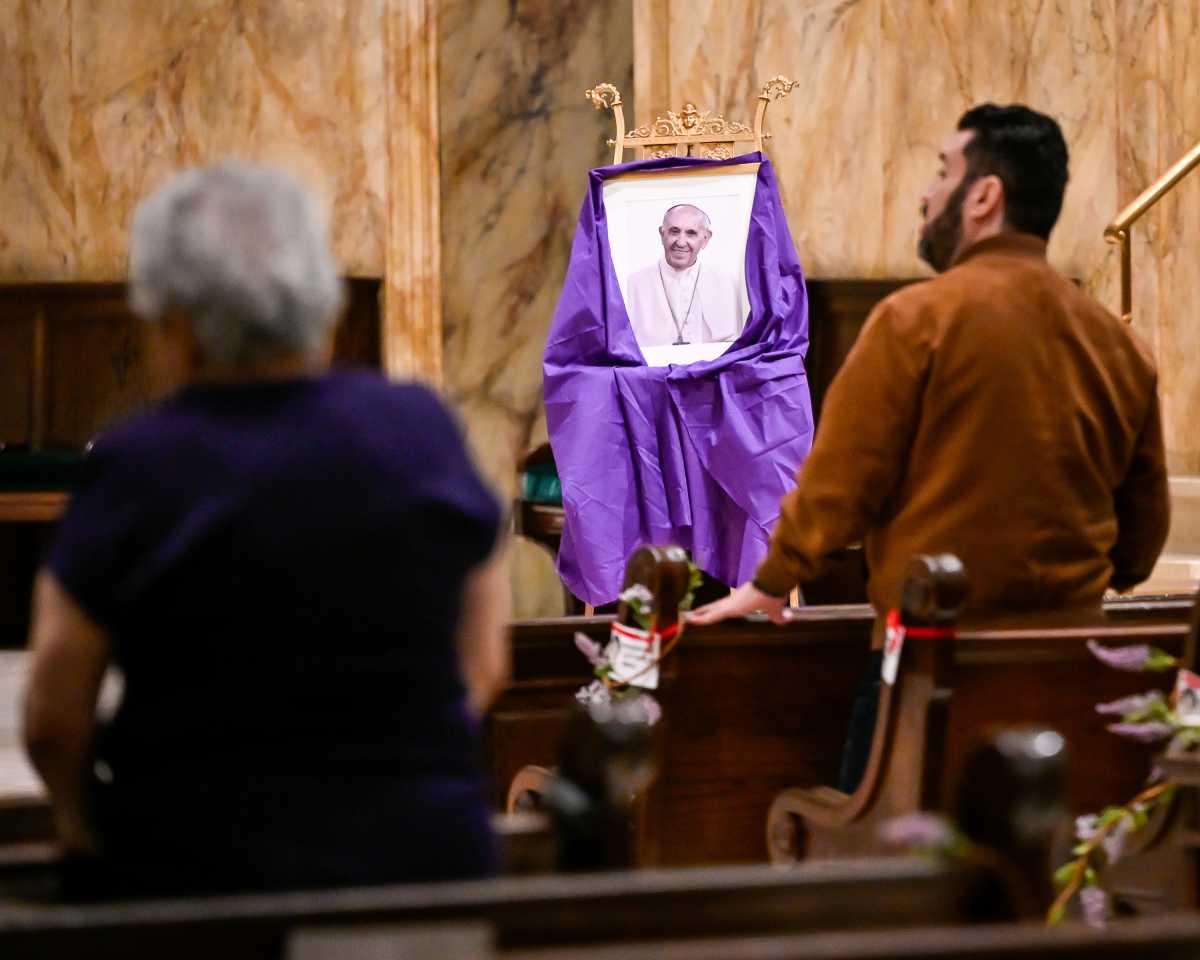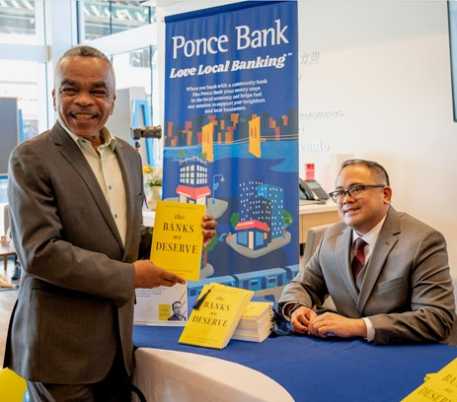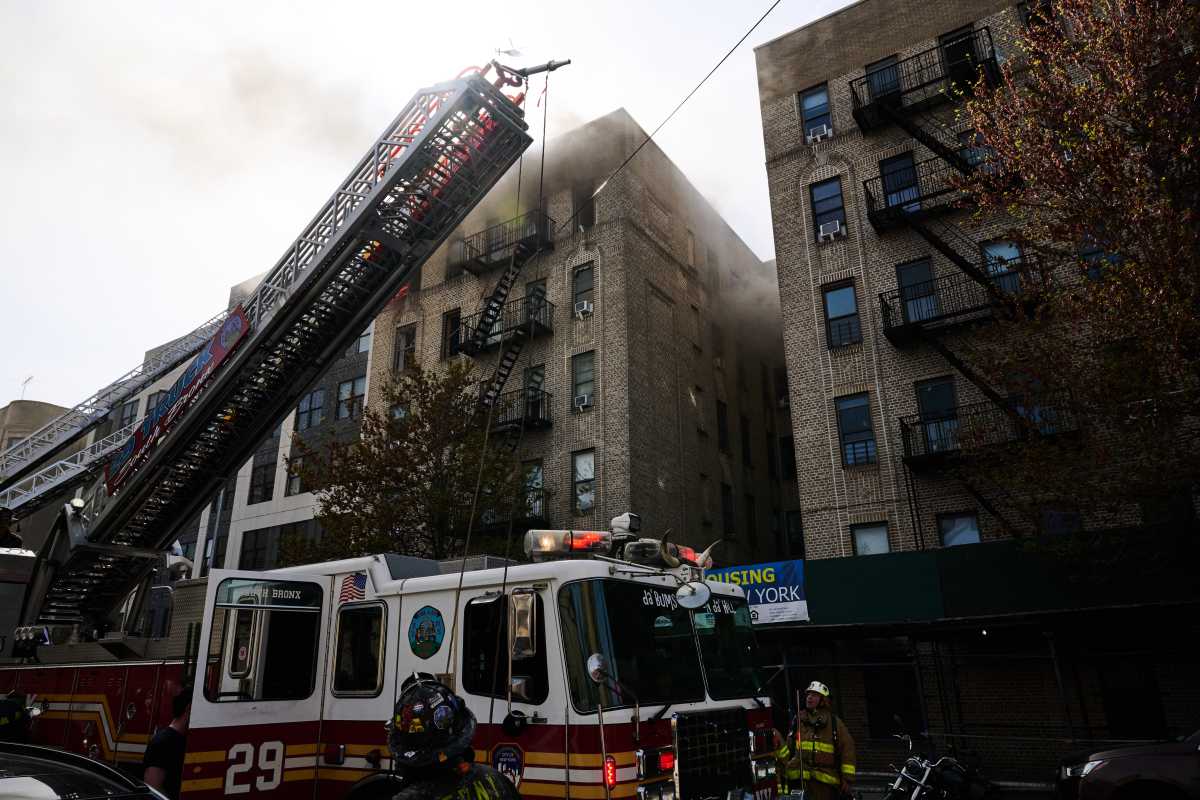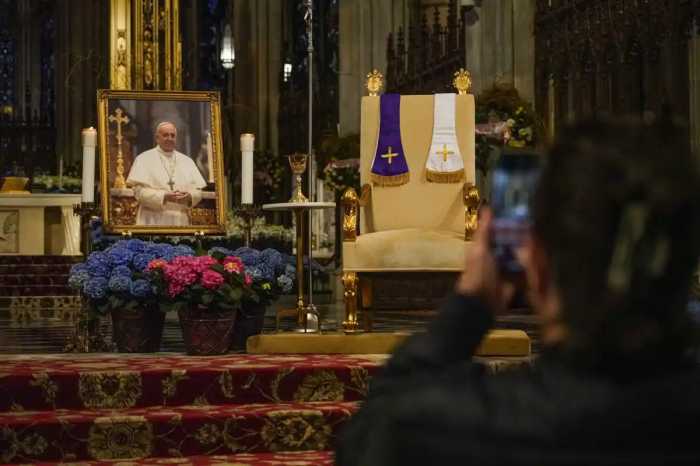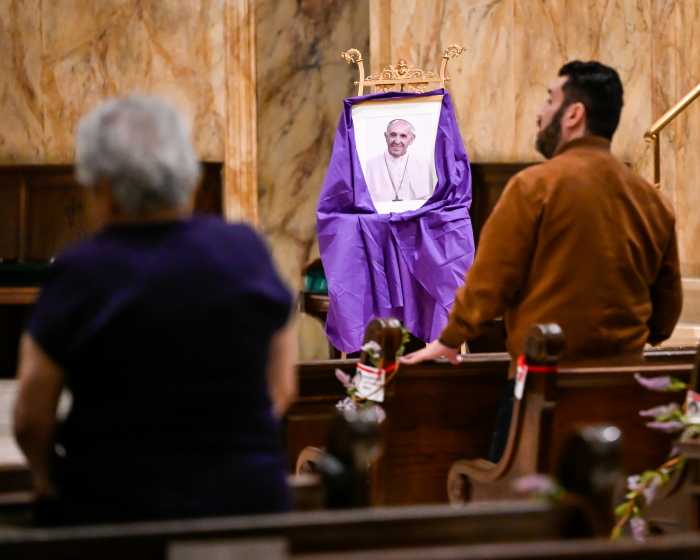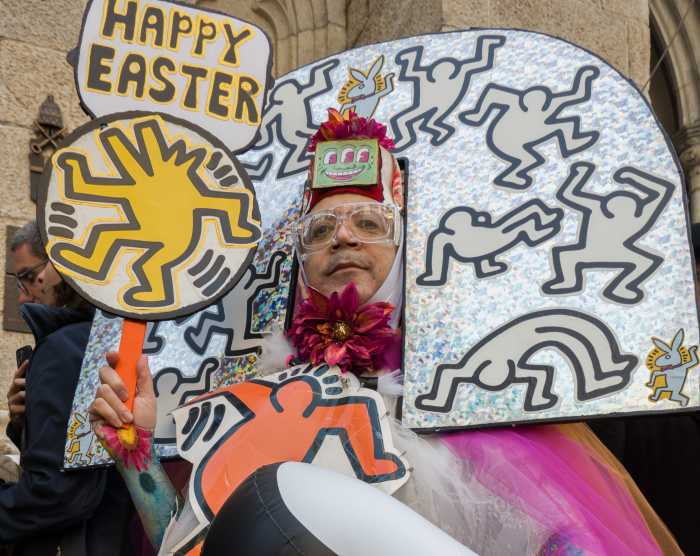For every architectural wonder in New York City, there are countless others that never made it past the drawing board.
Many of those fantastical and imaginative plans are now part of a new exhibit at the Queens Museum called “Never Built New York.”
Curators Sam Lubell and Greg Goldin dug through archives to find the blueprints, images and stories behind some of the strangest development proposals for New York City.
There’s the elevated pneumatic railway atop 24-foot-high wrought-iron Gothic arches, a two-mile geodesic dome over mid-Manhattan, and candlestick-shaped towers and a 450-boat yacht basin for Ellis Island.
“There is so much ambition in New York,” said Lubell, who writes about architecture. “There are so many resources — great architects, great architecture firms and a great history of reimagining.”
Lubell and Goldin wanted to show a mix of ideas that could have impacted the city both positively and disastrously.
“Frank Lloyd Wright’s Key Plan for Ellis Island included housing and hotels and giant domes along the edges,” Lubell said. “It’s pretty remarkable but at the same time it’s a little bit horrifying that they could have gotten rid of Ellis Island.”
In addition, a proposal by master builder Robert Moses for a lower Manhattan expressway could have really “torn apart the fabric of the city.”
Lubell and Goldin put together a similar show in Los Angeles several years ago. They raised more than $50,000 through Kickstarter to help with the ambitious New York project, which extends beyond the gallery to include interactive elements.
The Queens Museum allowed some of the proposals — in glowing white — to be temporarily added to the Panorama, a 9,335-square-foot model of the five boroughs built for the 1964-65 World’s Fair.
“Seeing them on the Panorama shows you in perspective the ways the city would have changed,” Lubell said.
And the youngest visitors can take advantage of the space-age, 11-foot-tall silver bouncy castle in the shape of the proposed Westinghouse Pavilion for the World’s Fair.
Designer Christian Wassmann created a gallery space to give visitors the feeling of walking through Manhattan — from the narrow south end north to the Bronx.
“Each site has three or four proposals,” Lubell said. “You get that sense of being overwhelmed on purpose.”
He said the exhibit is a kind of alternative history about the city and the design process.
“Their spirits live on after a project dies,” Lubell said. “They live on somewhere else.”
‘Never Built New York’ is on now through Feb. 18 at Queens Museum, New York City Building, Flushing Meadows Corona Park, queensmuseum.org
